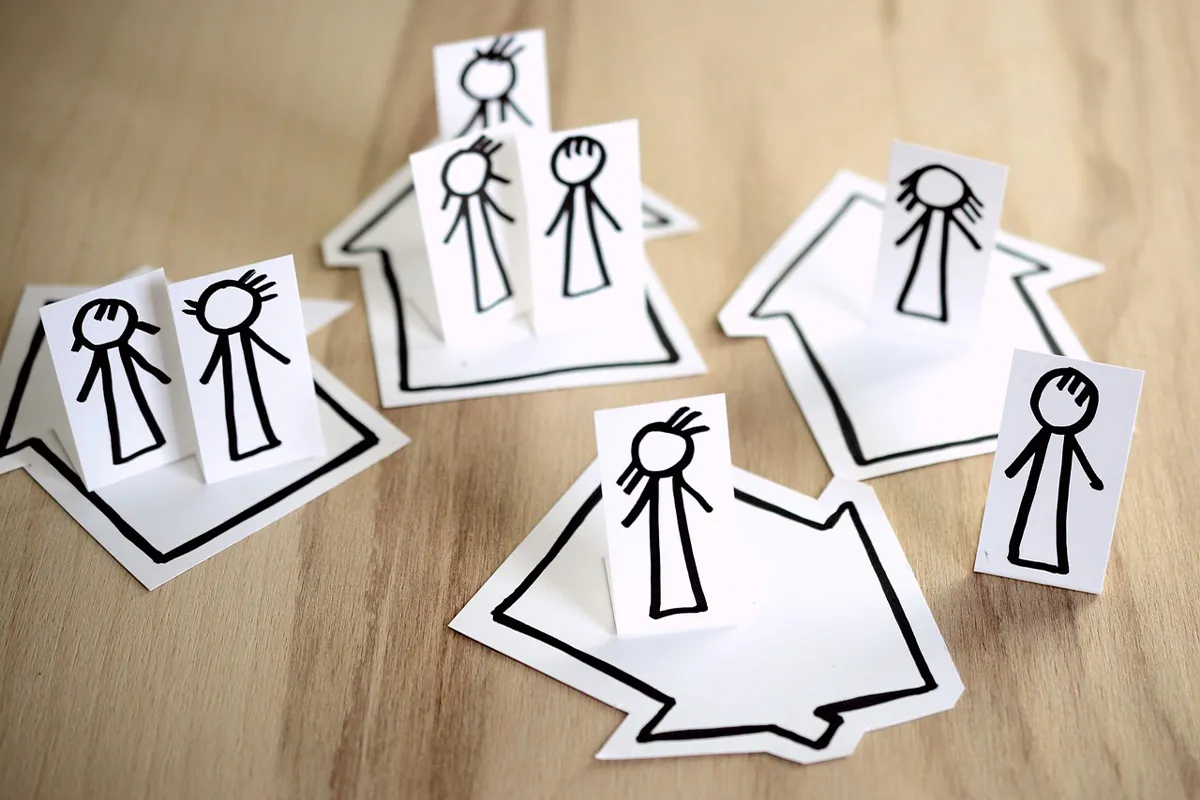Your contact lists can grow larger. Managing them can become hard. It is smart to create distribution lists in Outlook. This helps keep your emails organized. It makes your communication more efficient.
When you send campaigns, updates, or email series often, a distribution list is useful. It helps you divide your audience. Each email can reach the right people. It is also good for communication within teams. It helps when you coordinate projects or events.
This guide will show you how to create, edit, and use distribution lists in Outlook:
- Understanding Distribution Lists
- The Importance of Distribution Lists
- Making a Distribution List in Outlook for Web
- Editing a Contact List in Outlook for Web
- Sending Emails to a Contact List
- Best Practices & Tips for Distribution Lists in Outlook
What is a Distribution List?
A distribution list is a group of email addresses. These addresses are under one name. When you send an email to this list, every address get the message. This makes bulk emailing easier. You do not need to write each recipient’s address.
Different versions of Outlook may call this a “distribution group,” “recipient list,” or “contact group.” The names may change, but the basic function is the same. For instance, in the web version of Outlook, it is called a Contact List instead of a Distribution List.
Why You Need a Distribution List
Imagine you manage a mid-sized company. You need to organize a training session with many departments. You have to work with HR, trainers, and different teams.
Instead of sending separate emails to each group, you can make a distribution list. This way, you need to make one email only. This email can go to all important people at once.
This method is easy and useful. The main benefits are:
Time Efficiency: A distribution list lets you send emails to many people at the same time. This cuts the time for personal emails.
Minimized Errors: It lowers the chance of missing people or typing wrong email addresses.
Consistent Communication: You keep communication the same. It makes sure everyone gets the same information at the same time.
Organized Contacts: You can keep your contacts grouped for easier use. Overall, distribution lists solve the problem of missed emails by improving communication.
How to Create a Distribution List in Outlook for Web
In Microsoft Outlook on the web, distribution lists are called “Contact Lists.”
- First, go to Outlook.com and log into your account.
- Next, on the left sidebar, find and click the “People” icon. It is usually the third or fourth option, depending on your email type.
- After that, open the menu next to the “New contact” button.
- Choose the “New contact list” option from this menu.
You will see a form where you can:
- Write a name for your contact list so that it is easy to find.
- Add the email addresses of the people you want.
- Write a description to help you remember what this list is for.
After you fill in the form, click the “Create” button at the bottom right corner to save your contact list. Your new list will be with your other contacts and ready to use for emails or contact management.
How to Edit a Contact List in Outlook for Web
When changes happen in your team or new people join, you must update your contact list in Outlook. Outlook makes this easy. You can change the list you have instead of making new lists every time.
- First, you must choose the contact list you want to change.
- You will see two buttons for editing: One edit button sits next to the “New contact” button in the top menu.
- Another edit option shows on the detail card of the Contact List when you select the list.
- After you make the updates that you need, you click the “Save” button to confirm your changes.
Remember that these changes do not touch emails that have already been sent or received. Existing emails keep their original contact lists and recipients. So, you must double-check recipient information when you “reply” to older messages.
Sending Emails to a Contact List
When your contact list is ready, sending an email to everyone is easy:
- You click “New mail” to start a new email draft.
- You type the name of your contact list into the “To” field.
- You select the right list from the suggestions that show.
- You fill in your subject and message as needed.
- When your email is ready, you click “Send”.
Outlook will automatically address and send the email to all contacts in the list. This action removes the need for manual entry and reduces the chance of errors.
Make sure your contact list is set up right to help with email delivery.

Distribution Lists in Outlook – Best Practices & Tips
Keeping your contact list updated in Outlook is important for good email management. Here are some tips for using distribution lists:
Keep Your Contacts Updated
You must regularly update your contact list for good communication. You should refresh the list by adding new contacts and removing old ones. This way, you do not send emails to the wrong addresses. It reduces errors and avoids delays.
Use Bcc for Better Privacy
When you send emails to a contact list, you use Blind Carbon Copy (Bcc) to protect recipient privacy. Bcc keeps email addresses hidden from other people. This helps to keep privacy safe and stops spam or unwanted replies.
Send Test Emails First
You should send test emails first. Use a test email with Bcc to check the list. This helps to check that all email addresses are correct. It also helps you fix problems before you send the real email. This makes sure the email goes to the right place. Are you interested in learning more about how to send a secure email in Outlook. Check out out step-by-step guide.
Organize Contacts Strategically
You need to sort your contacts into groups. You can use categories like departments or projects. For work-related lists, make different groups for roles like colleagues and managers. You can change the list fast by adding more addresses or editing them as you want.

